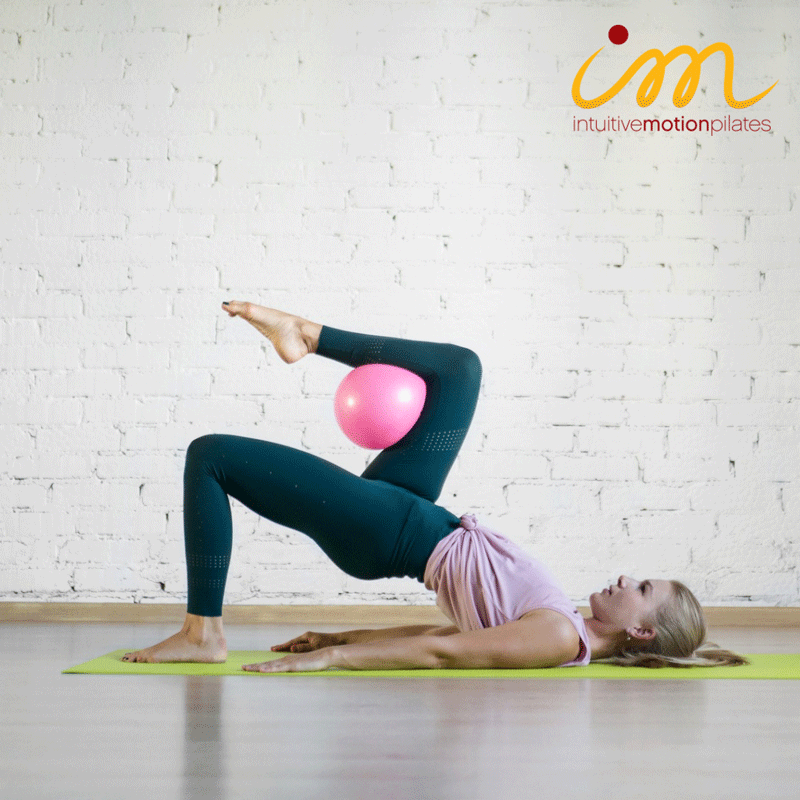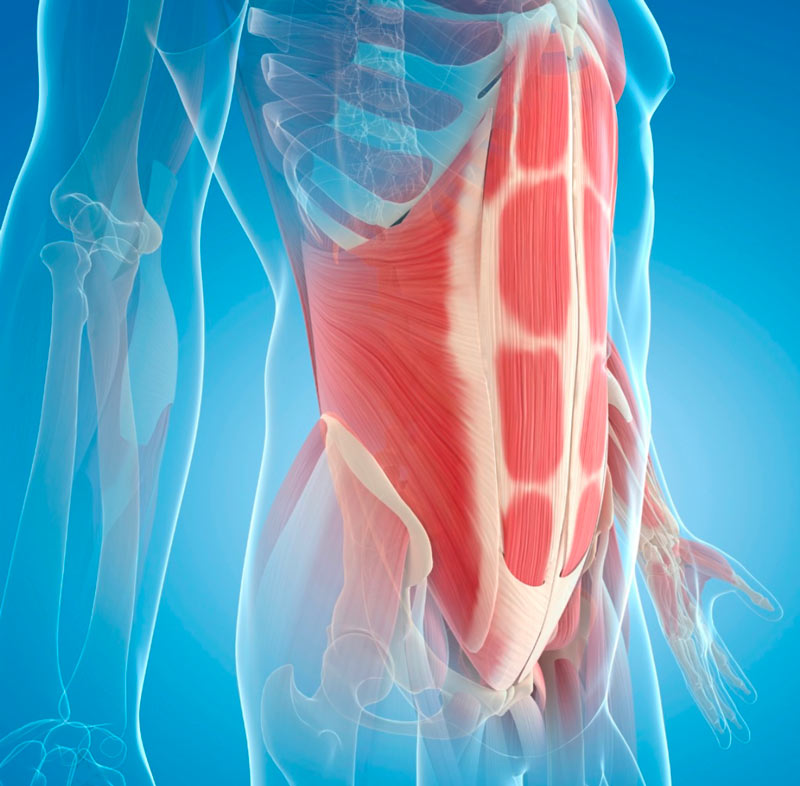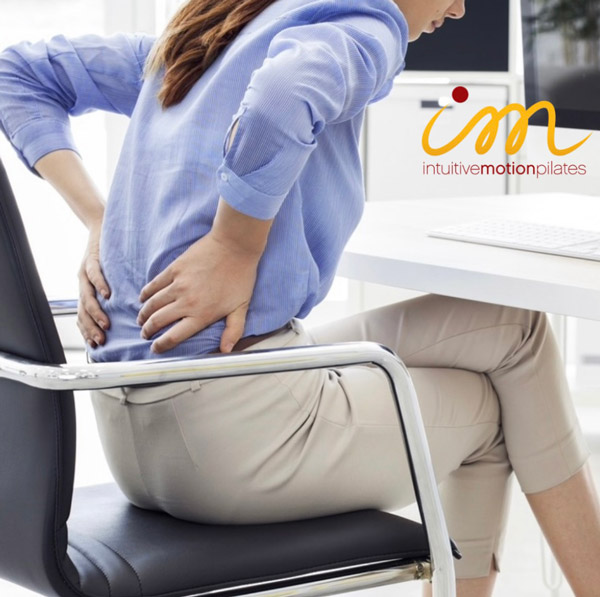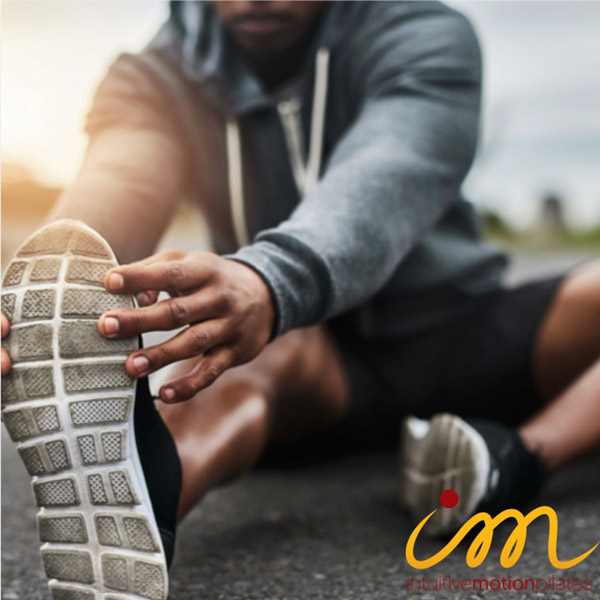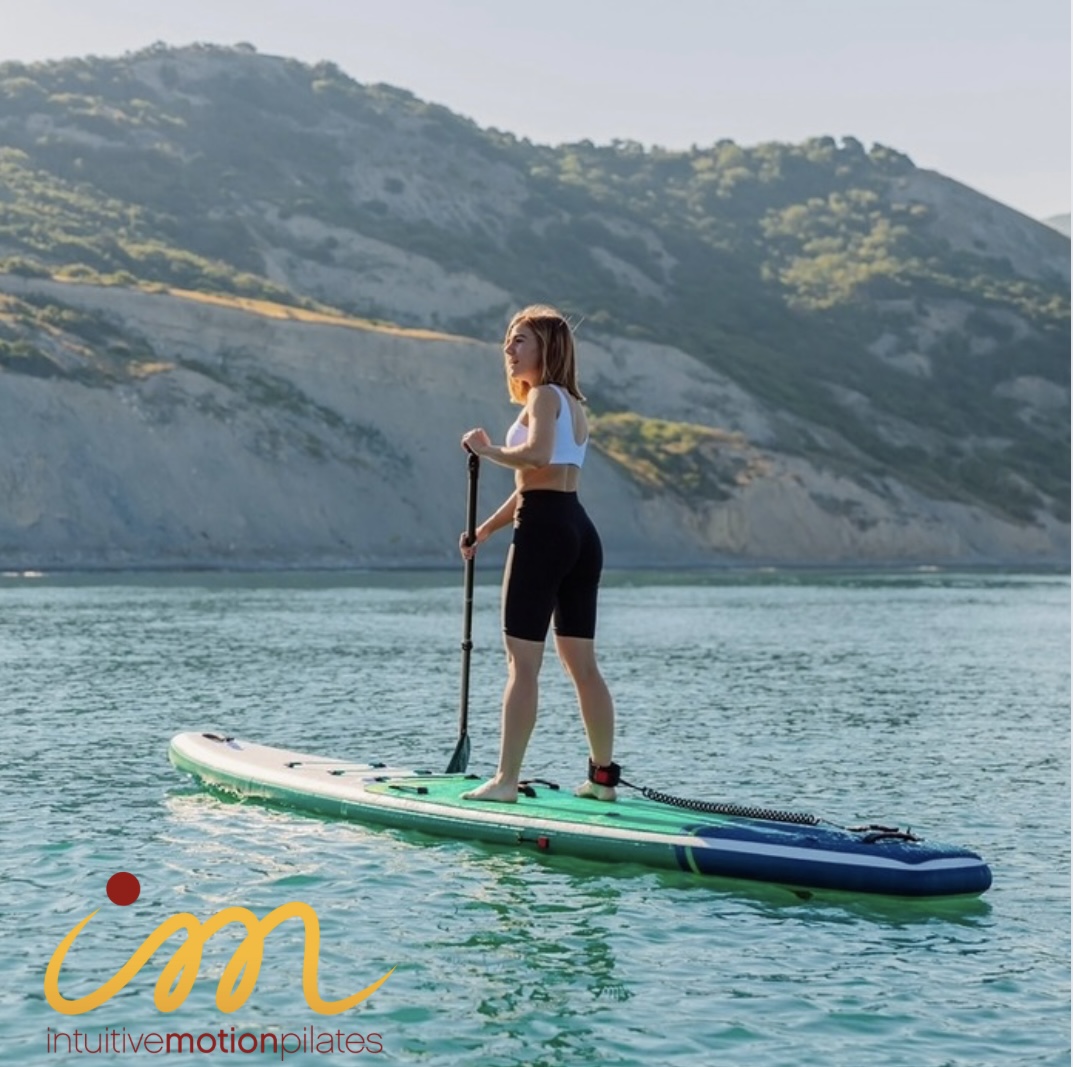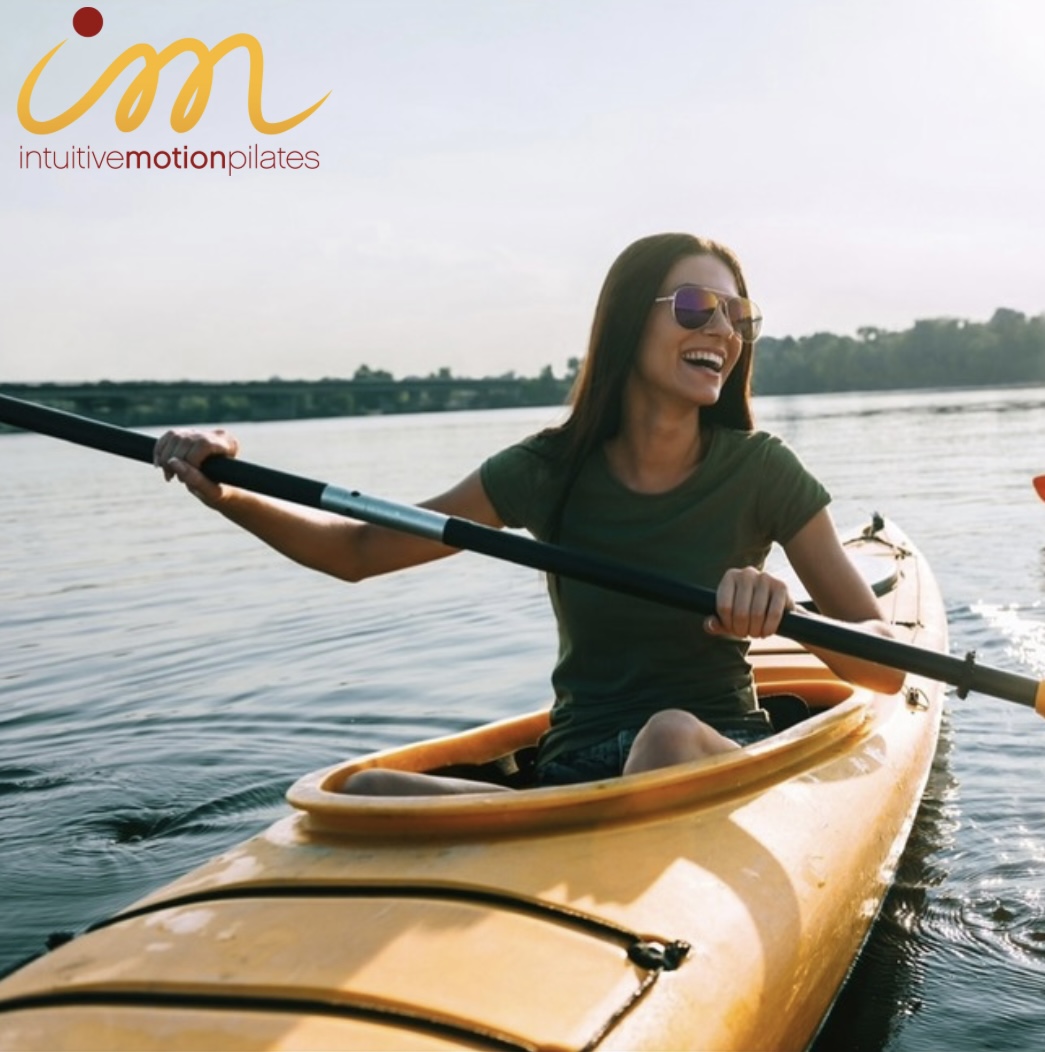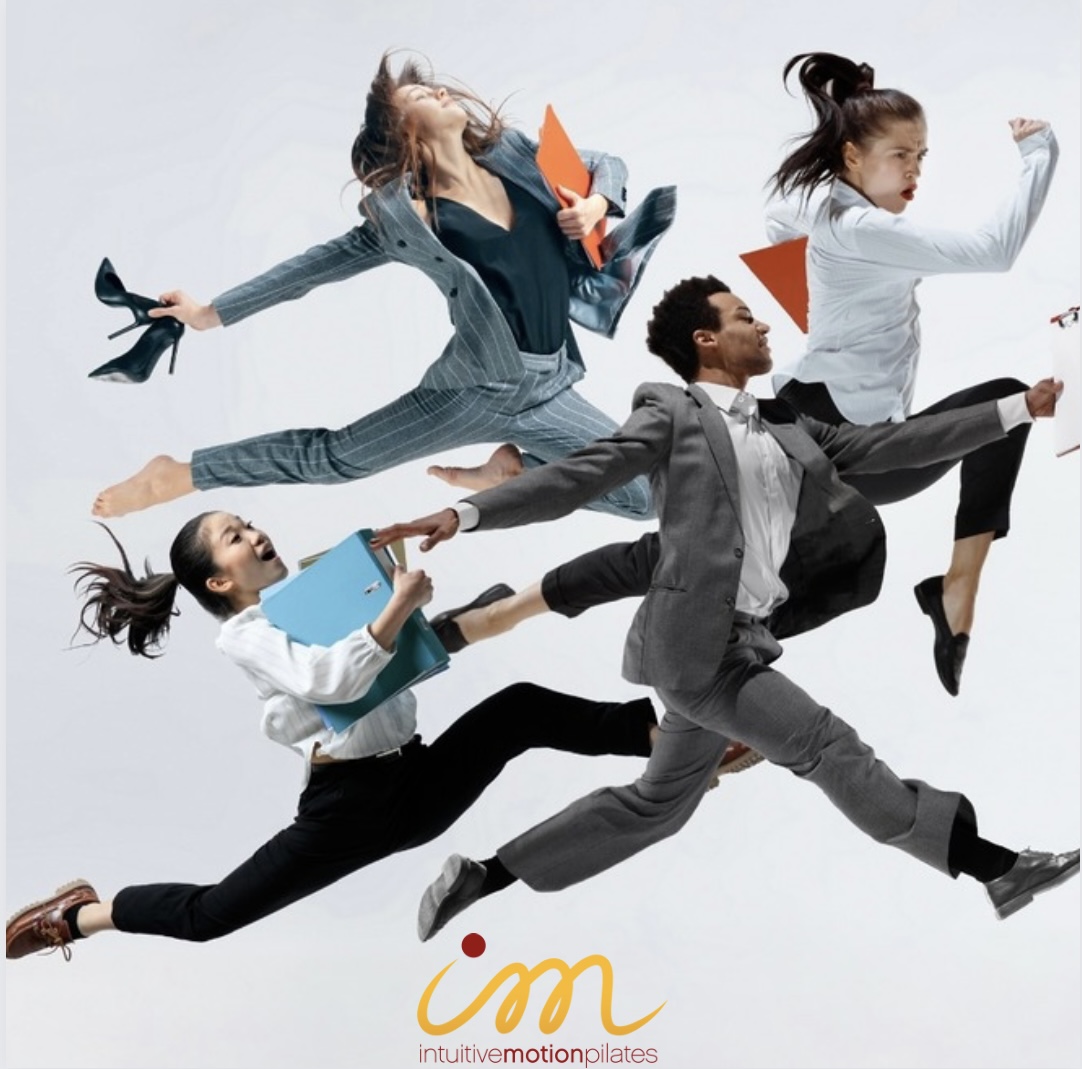Boost Your Pilates Routine with Simple Resistance Band Techniques
Pilates exercises are incredibly effective on their own, but adding props like resistance bands can elevate your practice by providing both support and an extra challenge. Resistance bands, especially loop designs, are versatile tools that can help target specific muscle groups more effectively.
For example, a resistance band loop is perfect for enhancing exercises like Pilates bridges while focusing on engaging the outer thighs (abductors).
How to Use a Resistance Band Loop for Pilates Bridges
- Choose Your Band: Select a loop band with the resistance level that feels right for your current strength and goals.
- Set Up: Step into the loop and position it around your thighs, just above your knees.
- Positioning: Lie on your back (supine) on your mat with your knees bent and feet flat on the floor.
- Engage and Lift: Press firmly into your feet, activating the muscles at the back of your legs. Lift your pelvis upward, aiming to create a diagonal line from your shoulders to your knees.
- Feel the Resistance: As you lift, press slightly outward against the band to engage your abductors.
- Maintain Form: Keep your upper back and shoulder blades grounded on the mat to protect your neck and ensure proper alignment.
Repeat this movement 10 times, focusing on controlled, intentional engagement with each repetition.
Standing Exercises with the Resistance Band Loop
The resistance band loop isn’t just for mat work—it’s also excellent for standing exercises like squats and side-stepping.
- Squats: Place the loop around your thighs, keep your feet shoulder-width apart, and squat down while pressing slightly outward against the band for added resistance. Note, keep your knees over your ankles and place your hands on something stable to support your balance.
Repeat this movement 5 times, focusing on alignment and thigh muscle engagement with each repetition.
- Side-Stepping: Keep the band around your thighs or ankles and step laterally to engage your hips, glutes, and thighs.
Repeat this movement 10 times in each direction, focusing on alignment, muscle engagement and balance with each step.
Incorporating resistance bands into your Pilates practice is an effective way to build strength, improve muscle activation, and add variety to your routine. Give it a try and feel the difference!

